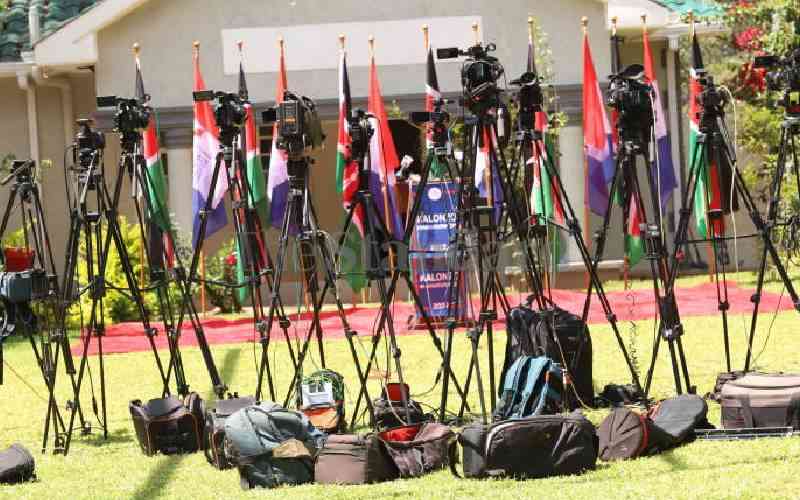×
The Standard e-Paper
Stay Informed, Even Offline

It was America's respected icon of democracy, the third president Thomas Jefferson, he who penned the US Constitution, who wrote that "our liberty cannot be guarded but by the freedom of the Press, nor that be limited without danger of losing it"